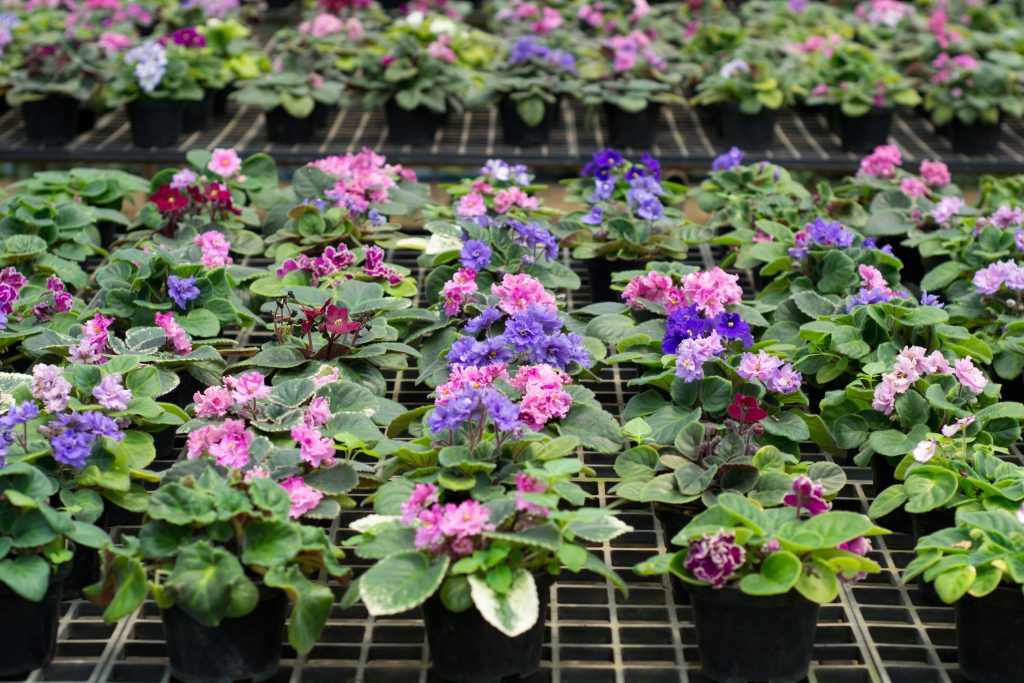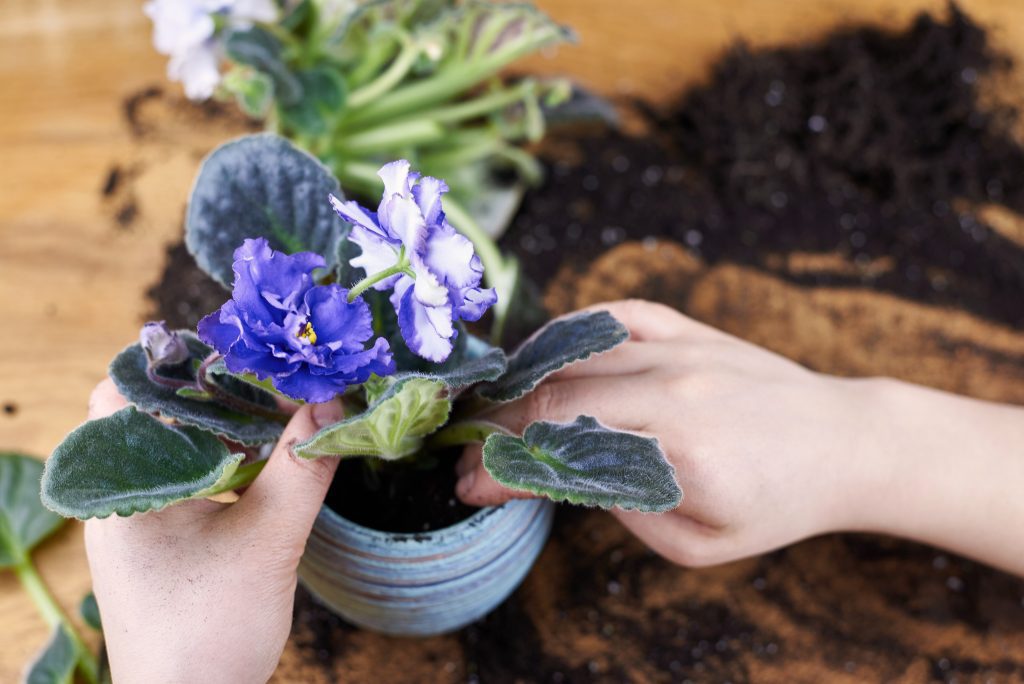African Violets Unveiled: The Secrets to Successful Cultivation
African violets, admired for their exquisite hues and dainty demeanor, have captured the hearts of both novice and seasoned indoor gardeners alike. These lovely blossoms are not only visually captivating but are also relatively easy to nurture. In this article, we’ll delve into the fundamental aspects of African violet care, spanning from planting and growth to invaluable tips for ensuring their flourishing.
Planting African Violets:
Selecting the Perfect Pot
Picking the right container for your African violet is paramount for their overall well-being. It’s essential to opt for a pot that facilitates proper drainage, as African violets detest having their roots submerged in water. A well-ventilated pot ensures that any excess moisture doesn’t lead to detrimental root rot.

The Art of Soil Selection
African violets flourish in soil that is well-draining and a little acidic. You can either purchase specialized African violet potting mixes from your local nursery or craft your own by blending equal parts of peat moss, perlite, and vermiculite. This mixture guarantees adequate aeration and moisture retention, which are key to your plant’s success.
Planting Depth Matters
Whether you’re repotting or planting a fresh African violet, it’s crucial to position it at the same depth it was in its previous container. Planting it too shallow or too deep in soil can negatively affect the plant’s development and growth.
Nurturing African Violet Growth
Illumination Requirements
African violets demand bright yet indirect sunlight to thrive. Placing them near a north or east-facing window is highly recommended, as it provides the perfect balance of gentle sunlight without the risk of scorching their delicate leaves. Too avoid damage to its greenery, make sure to not expose them to direct sunlight.
Temperature and Humidity Control
Maintaining a consistent room temperature, ideally ranging between 70-75°F (21-24°C) during the day and slightly cooler at night, is paramount for African violets’ overall health. Adequate humidity levels are equally crucial for their growth. You can enhance humidity by placing a water-filled tray near your plants or utilizing a humidifier.
Grasping the Art of Watering
African violets flourish when their soil stays consistently damp but not waterlogged. Watering should take place when the top inch of the soil feels dry to the touch. Always employ room-temperature water and administer it gently onto the soil to prevent leaf damage. Alternatively, bottom watering, where the pot sits in a tray of water briefly, can be quite effective.
Fertilization Wisdom
To stimulate vigorous growth and the emergence of vibrant blooms, feed your African violets a balanced, water-soluble fertilizer every 6-8 weeks throughout their active growth season, which typically spans from spring to early autumn. It’s imperative to exercise caution and avoid over-fertilization, as an excess of nutrients can prove detrimental to your plant’s well-being.
Pro Tips for Thriving African Violets
The Art of Pruning and Deadheading
Regularly eliminating spent flowers and any yellowing or damaged leaves is essential for stimulating new growth and extending the duration of blooming. Pruning also aids in maintaining your plant’s compact and aesthetically pleasing form.
Repotting Expertise
African violets thrive when they’re repotted every 1-2 years, allowing for a soil refresh and additional room for root expansion. When it’s time for repotting, opt for a container that’s slightly bigger than the one your African violet currently resides in. Gently take the plant out of its existing pot and place it at the same depth in the fresh potting mixture, ensuring it’s comfortably nestled within.

Defending Against Pests
Attentiveness is key for dealing with common pests such as aphids, mealybugs, and spider mites. Should you detect any infestations, it’s imperative to address them promptly with the appropriate insecticidal soap or neem oil solution.
Providing a Stable Environment
African violets flourish in a steady environment devoid of excessive drafts and temperature fluctuations. Make certain your plants are sheltered from chilling drafts and abrupt temperature drops, which can introduce undue stress.
Caring for African violets is a gratifying and pleasurable pursuit for plant enthusiasts. By supplying them with the right conditions, including suitable lighting, temperature regulation, and adept watering practices, you can successfully nurture resplendent and flourishing African violets within your home. With just a modicum of care and attention, these captivating plants will repay your efforts with their resplendent blooms and luxuriant foliage, transforming them into a delightful addition to any indoor garden.
